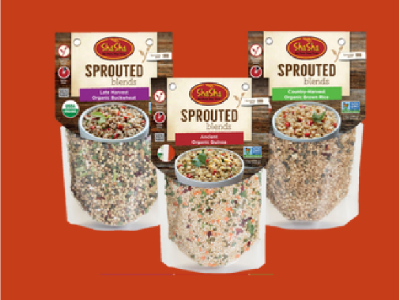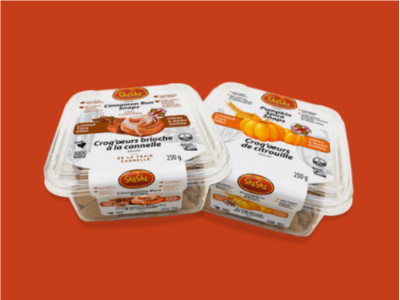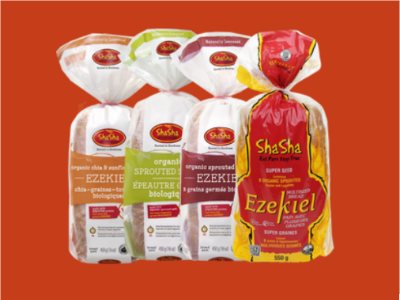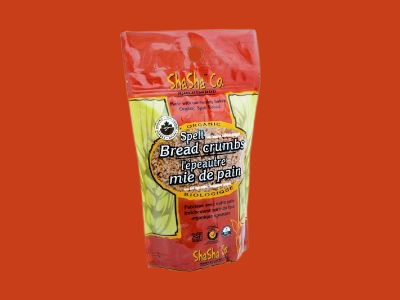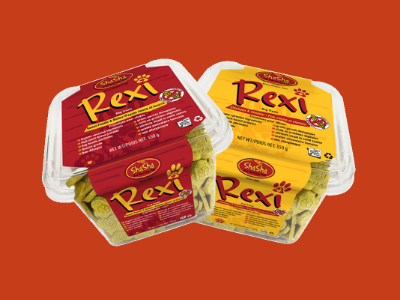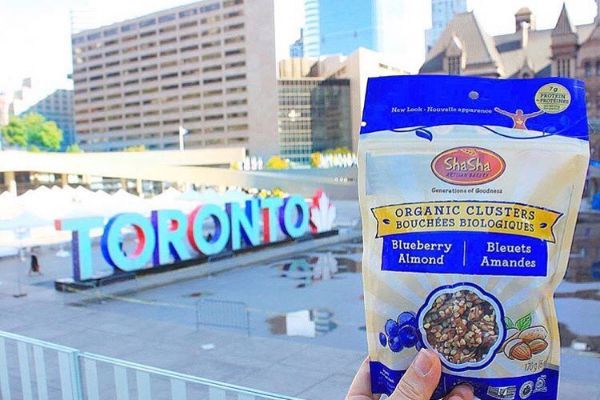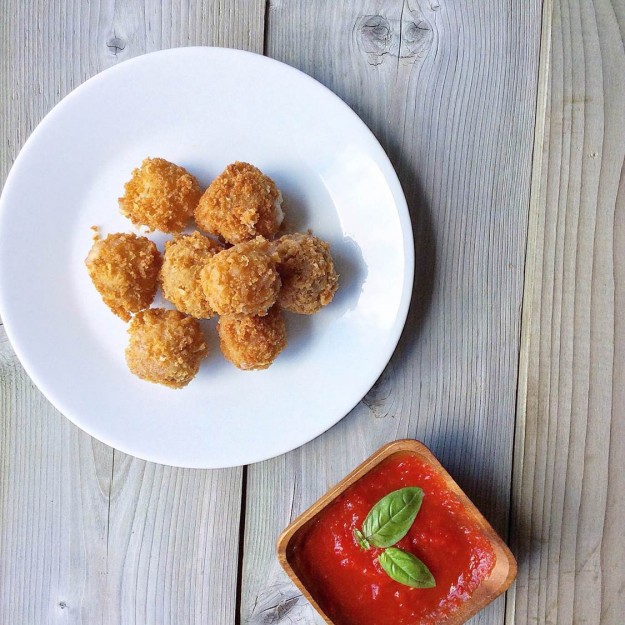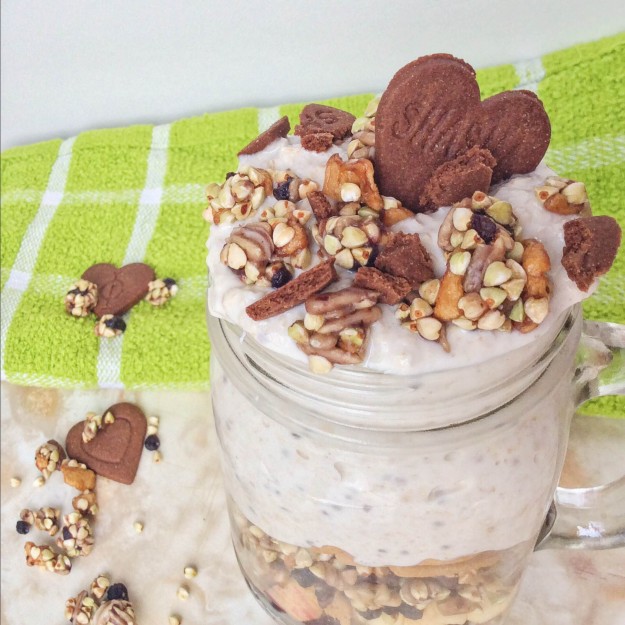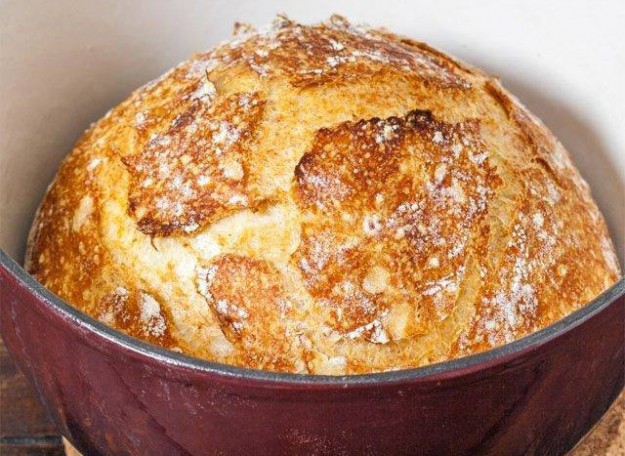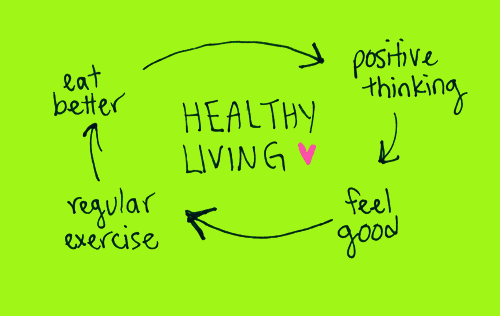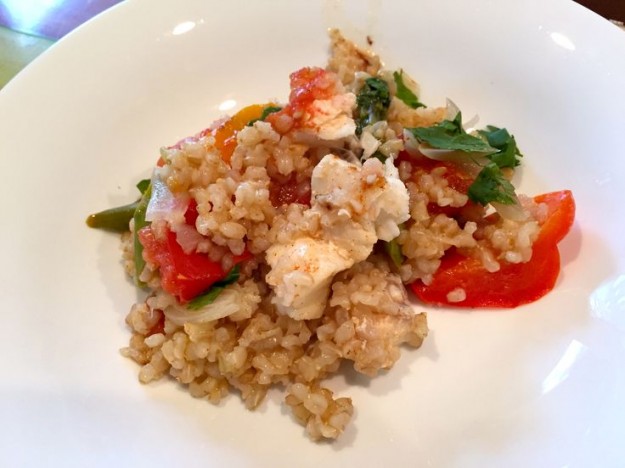Spelt; the ancient grain that’s making a comeback
 Spelt is the distant cousin of commercially grown wheat. Although it contains gluten, it is still suitable for those who experience allergies or intolerance to common wheat varieties. Spelt grain is centuries older than the more common wheat blends favoured today, which gives it a wider range of nutrients. Spelt’s most valuable quality is its 9.2% fibre which helps to clean and detoxify. It’s fantastically nutritious, featuring healthy servings of manganese, protein, copper, zinc and, with its deep nutty flavour, delicious to boot.
Spelt is the distant cousin of commercially grown wheat. Although it contains gluten, it is still suitable for those who experience allergies or intolerance to common wheat varieties. Spelt grain is centuries older than the more common wheat blends favoured today, which gives it a wider range of nutrients. Spelt’s most valuable quality is its 9.2% fibre which helps to clean and detoxify. It’s fantastically nutritious, featuring healthy servings of manganese, protein, copper, zinc and, with its deep nutty flavour, delicious to boot.
Heath Benefits
Spelt’s high fibre content helps you to reduce your total and LDL cholesterol levels. Whole grain products, such as those made with spelt, are shown to reduce high blood pressure and heart disease. Grains such as spelt significantly reduce the prevalence of gall stones and the risk of breast cancer in women and colon cancer in adults. Spelt is not just good for adults; the consumption of high fibre grains also reduces the incidence of childhood asthma by 50%.
A study by the American Institute for Cancer Research discovered that high fibre grains are a rich source of phytonutrients. Head of the Study, Dr. Rui Hai Liu, discovered that the levels of phytonutrients in high fibre grains are equal to those in fruits and vegetables and render the same antioxidant properties. AICR director Melanie Polk had this to say; “This research also serves to underscore the need for Americans to opt for whole-grain choices whenever they can. Whether it’s boiling up some whole wheat pasta, asking for brown rice at an Asian restaurant, trying unusual grains like millet and kasha, or simply making sure that your bread is 100% whole wheat, we have more reasons than ever to make room for whole grains.”
The American Journal of Clinical Nutrition suggests that three servings of whole grains should be included in your daily diet. The rewards are exponential; prevention of heart disease, atherosclerosis, diabetes, insulin resistance, ischemic stroke, obesity and cancer and reduced cholesterol.
| Nutrients in Spelt | |
|---|---|
| (4 oz. or 113.40 g) | % Daily Value |
| Manganese | 124% |
| Copper | 35% |
| Dietary Fibre | 30% |
| Protein | 30% |
| Zinc | 25% |
| Calories (377) | 20% |
If the marvellous Miss Spelt is, in fact, as marvellous as she sounds, why aren’t we all munching down bowlfuls every day? Spelt is not always conveniently available, although most health stores will stock a wide variety of whole grains. Most people are not sure how to incorporate it into their daily diets… until now.
Preparing Spelt
 Rinse under clean water. Soak in a bowl for eight hours or overnight. In a pot, combine 2 parts water for every 1 part spelt berries. Bring to the boil. Reduce heat and simmer for about an hour. Serve as you would rice.
Rinse under clean water. Soak in a bowl for eight hours or overnight. In a pot, combine 2 parts water for every 1 part spelt berries. Bring to the boil. Reduce heat and simmer for about an hour. Serve as you would rice.
 Spelt bread is a really delicious and healthy addition to your daily routine. This is perfect for on-the-go sandwiches and kids love whole grain bread too. You can make your own spelt breads or simply order them on the Internet. Organic Spelt Bread or Organic Raisin Spelt Bread can be ordered online. Get on the spelt grain train and live a happier, healthier life.
Spelt bread is a really delicious and healthy addition to your daily routine. This is perfect for on-the-go sandwiches and kids love whole grain bread too. You can make your own spelt breads or simply order them on the Internet. Organic Spelt Bread or Organic Raisin Spelt Bread can be ordered online. Get on the spelt grain train and live a happier, healthier life.

